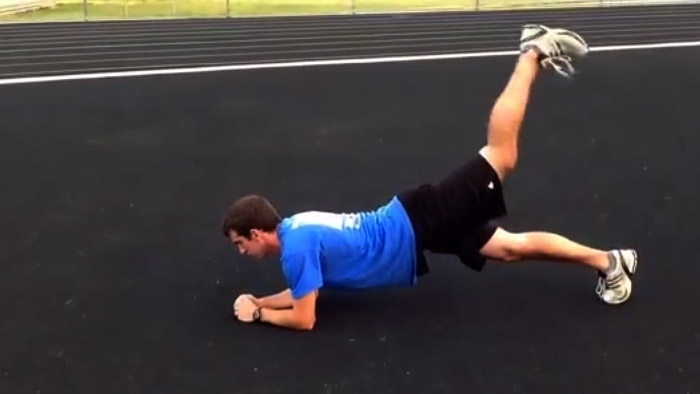A straightforward general strength routine can significantly improve your running performance, helping you become faster, stronger, and more well-rounded as an athlete. Using only bodyweight exercises, general strength movements are an excellent way to complement your running regimen and enhance your overall fitness.
General strength (GS) training focuses on building strength across the entire body without the need for weights. Instead, bodyweight exercises provide the resistance needed to build strength, making this form of training highly accessible and versatile. You can perform GS exercises almost anywhere, making it an ideal addition to any runner’s routine, especially when you don’t have access to equipment or need a more convenient way to train.
The beauty of general strength is in its simplicity and efficiency. These exercises target the whole body, helping to correct strength imbalances, which are often the cause of overuse injuries in endurance sports. Strength imbalances can lead to injury, making GS training particularly useful for injury prevention. By building a strong foundation with GS exercises, you’ll have a solid base to build upon as you progress to more advanced training, such as weight training.
How to Incorporate a General Strength Routine into Your Training
General strength training follows the same physiological principles as any other type of training. A good starting point is to assess how long your training season or block will last. Typically, physiological adaptations take place over a period of three to five weeks, so it’s important to plan accordingly. Once you have a training block in place, divide it into phases: General, Specific, and Competition. Each phase will introduce different types of training stimuli to ensure continuous progression throughout the season.
When it comes to deciding when to include GS exercises, there are a variety of approaches. Some runners incorporate GS on hard training days to make those days even more challenging, while others prefer to add GS on easier days to introduce new movements that can help with injury prevention and recovery. Both approaches have merit, and experimenting with different methods will help you determine what works best for your individual needs. Additionally, GS can complement other forms of training, such as weight training, and is especially beneficial as it requires minimal to no equipment.
Effective Exercises for General Strength Training
The beauty of general strength training is that the possibilities are endless. However, categorizing exercises can help you better structure your routine. Common categories for GS exercises include:
- Bodyweight circuits: Full-body exercises using just your bodyweight.
- Core/spinal circuits: Targeting core strength and stability.
- Medicine ball circuits: Incorporating dynamic movements for power and coordination.
- Barefoot routines: Focusing on foot and ankle strength.
- Multi-group routines: Combining exercises that target various muscle groups for total-body conditioning.
Time constraints often prevent athletes from incorporating additional training into their routine, but general strength exercises are designed to be efficient. Even dedicating a small amount of time to these exercises can result in significant benefits, such as improved injury prevention, better overall strength, and enhanced endurance capacity.
To help you get started with general strength training, we’ve created a 15-week GS Training Plan, available for download through your TrainingPeaks account. This plan includes detailed instructions for each circuit, along with instructional videos to guide you through proper technique. By following this plan, you’ll be well on your way to building a strong, injury-resistant foundation that will support your running goals.
